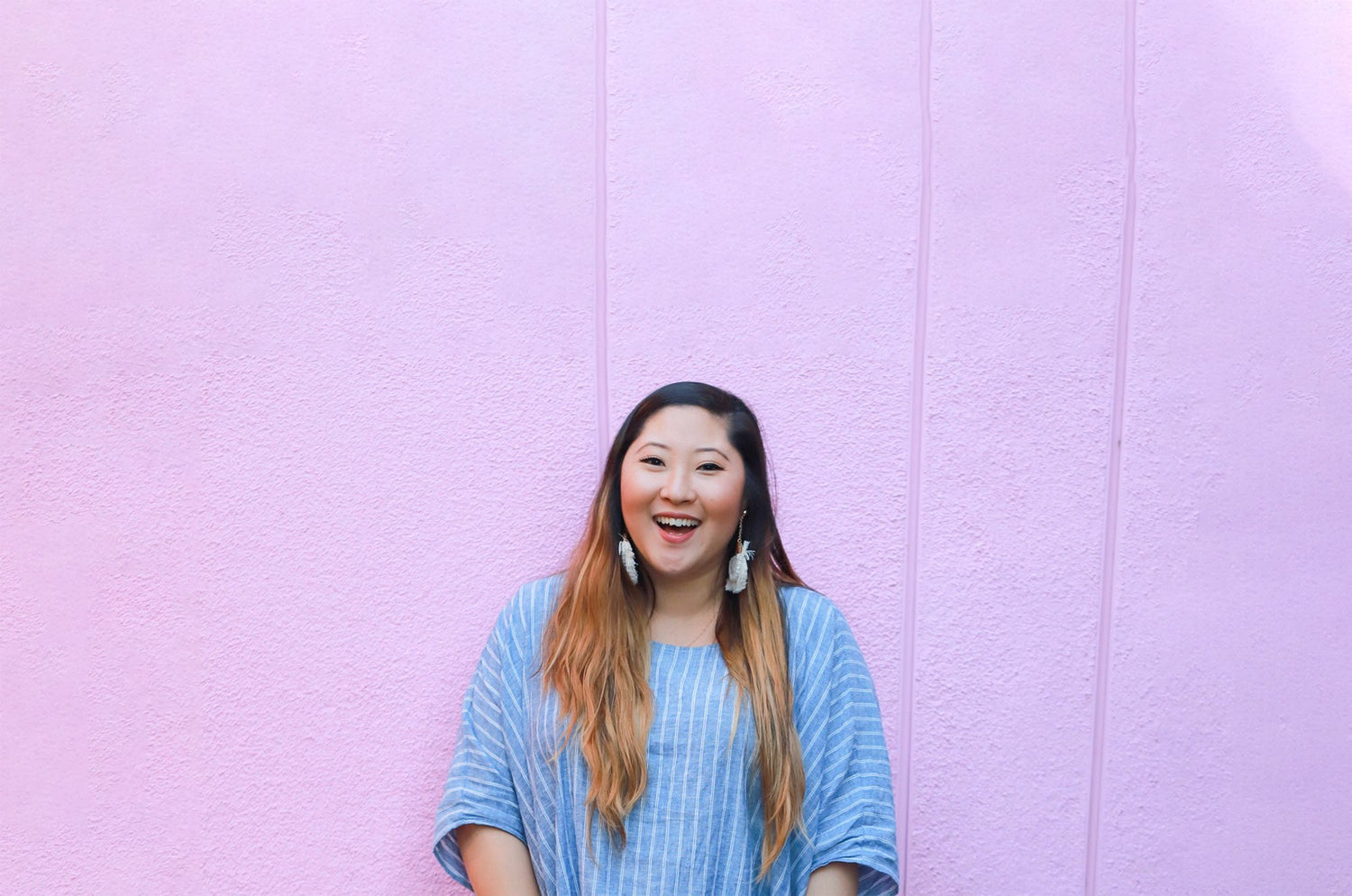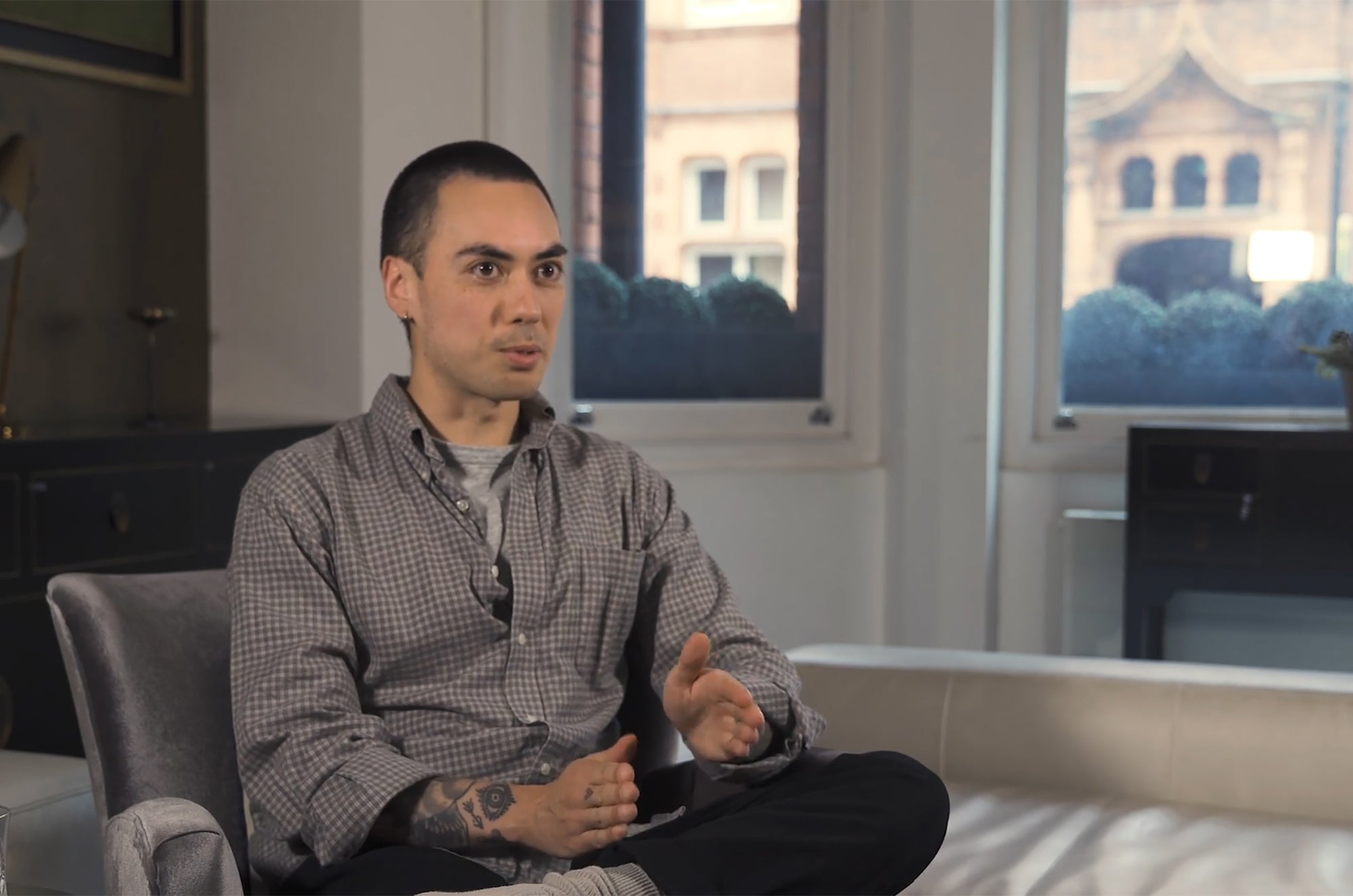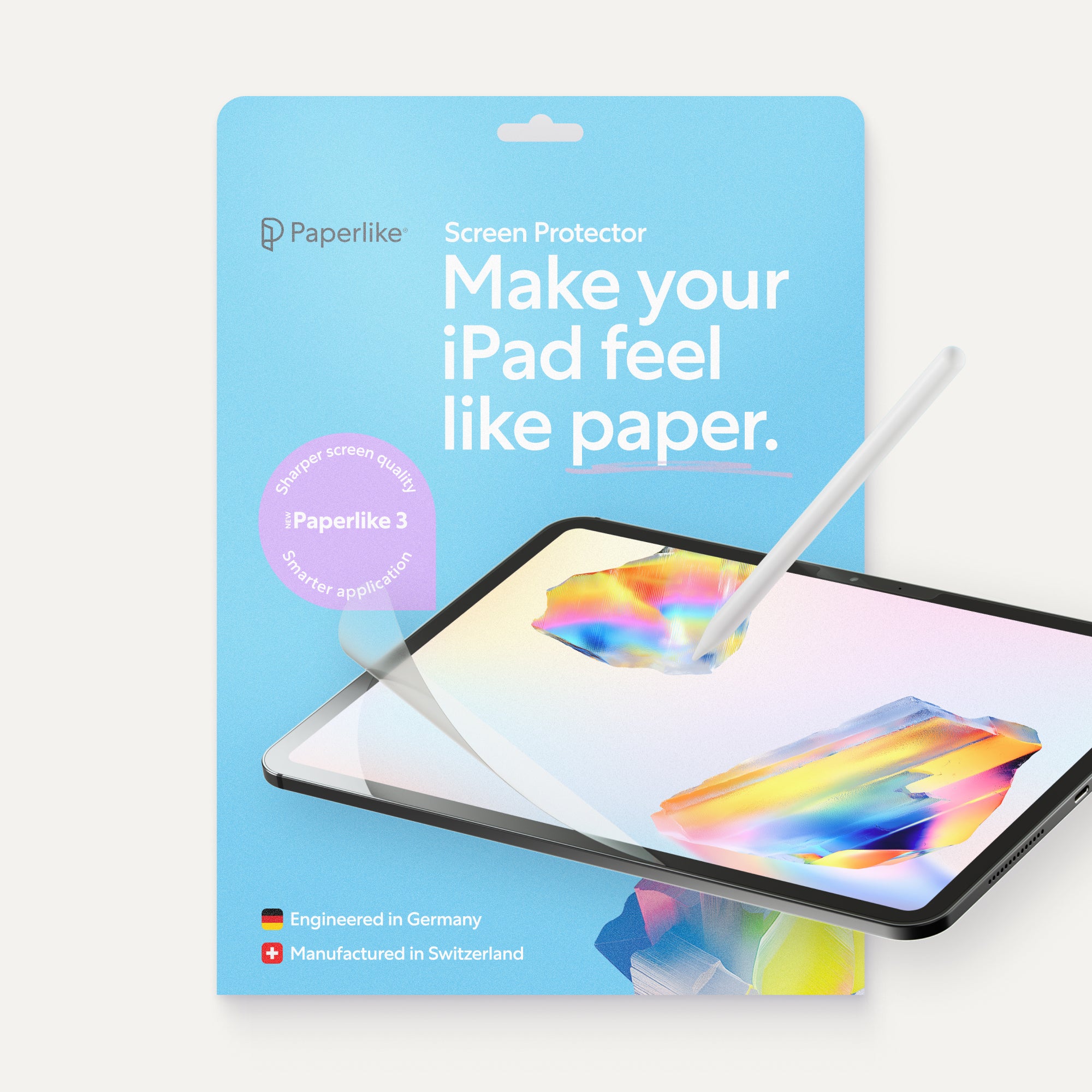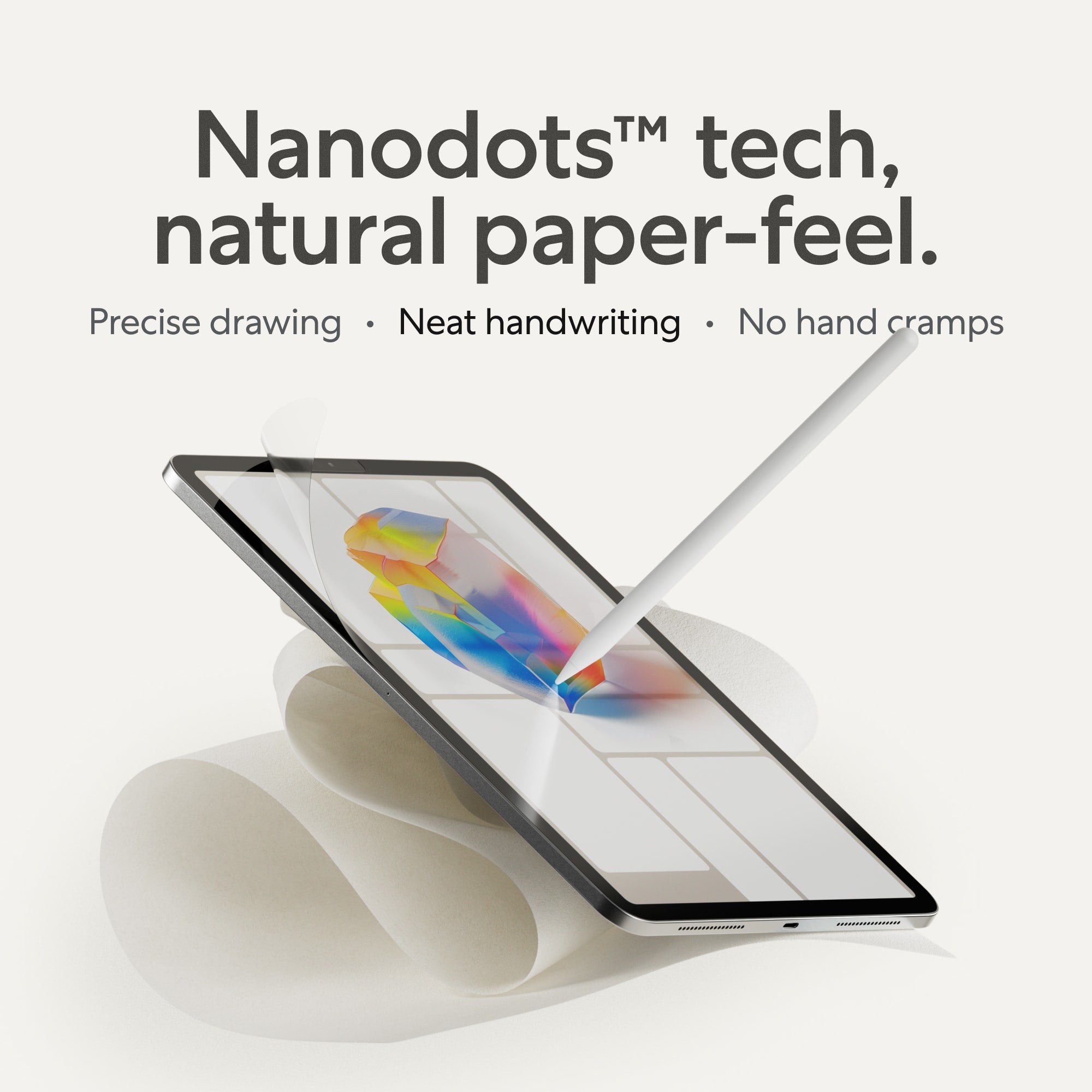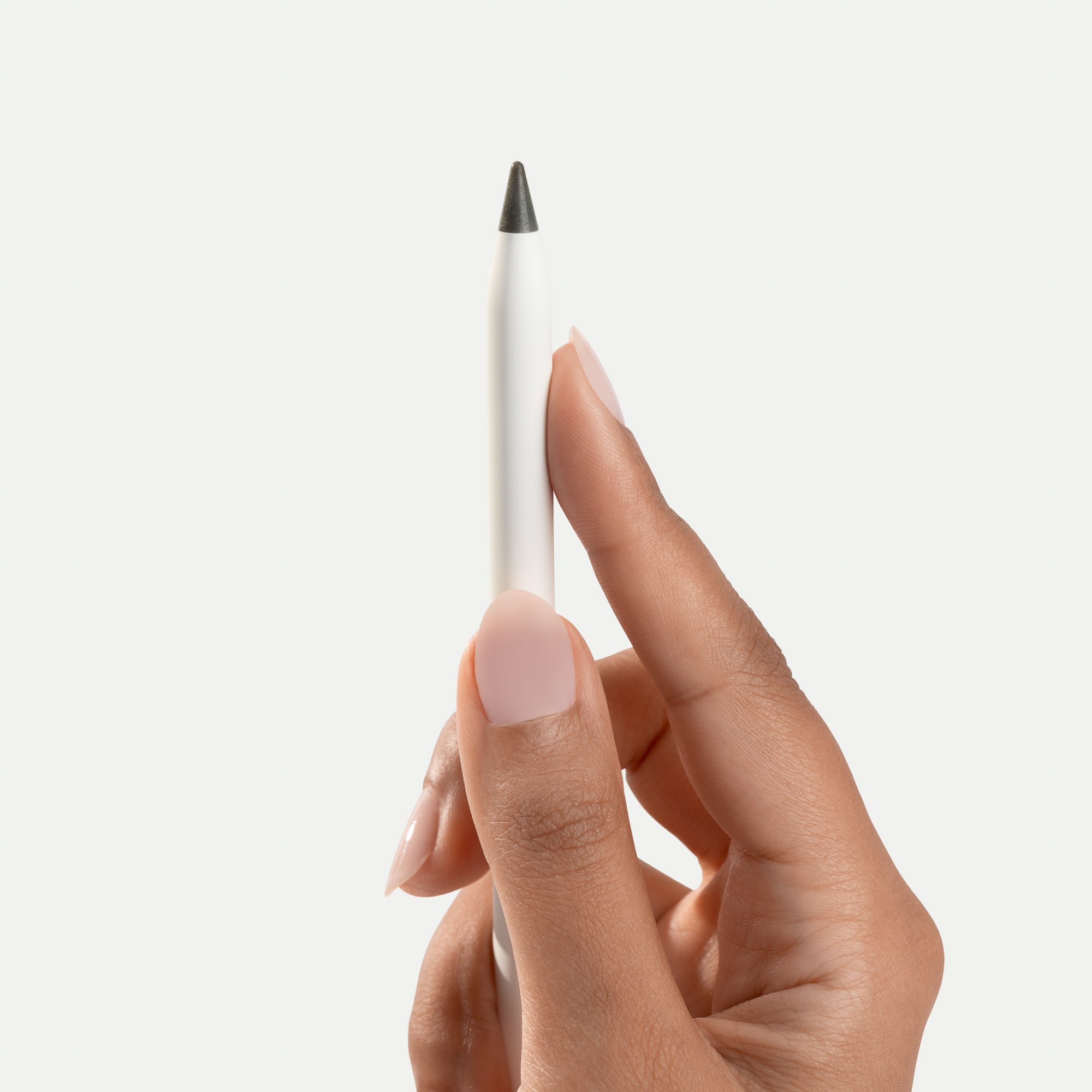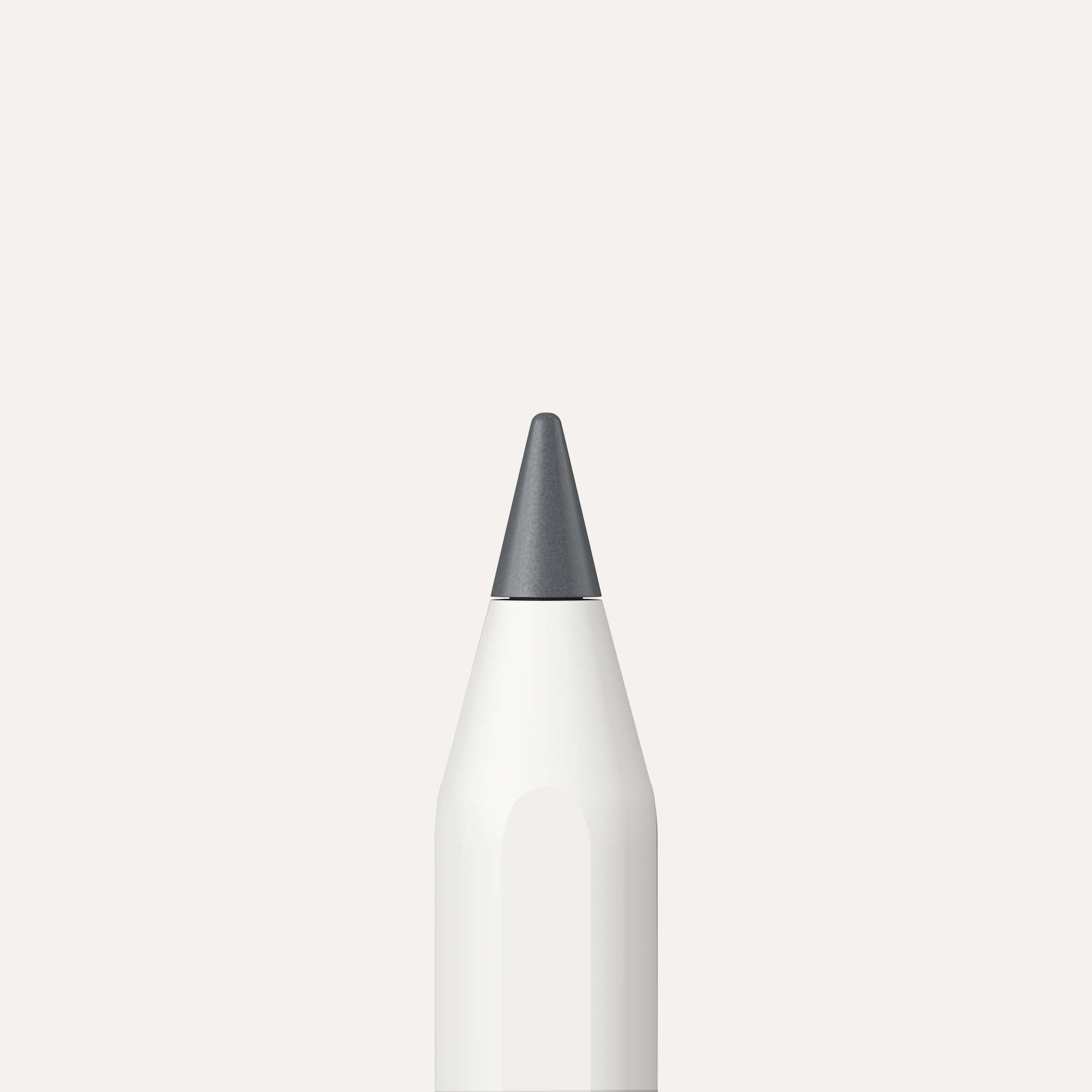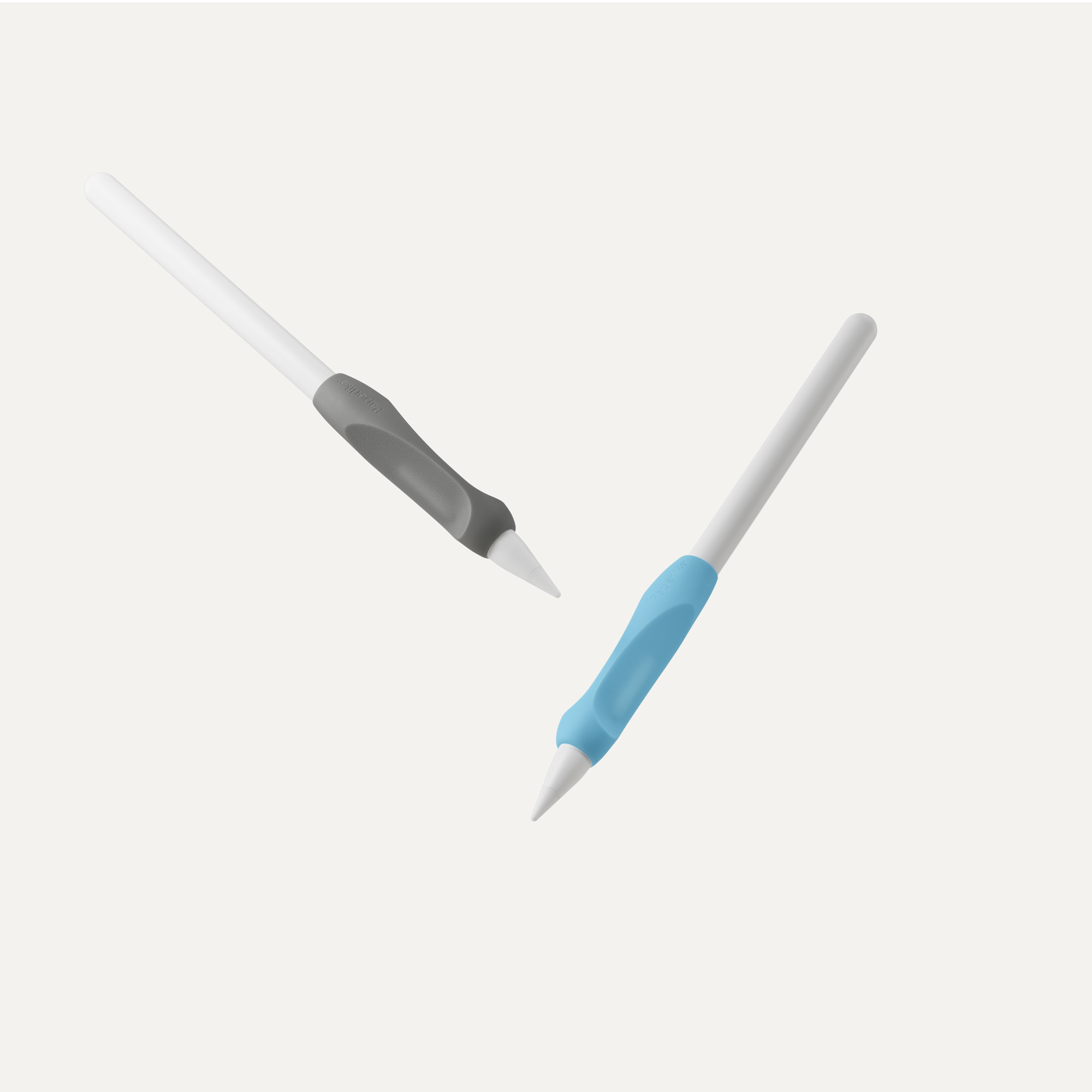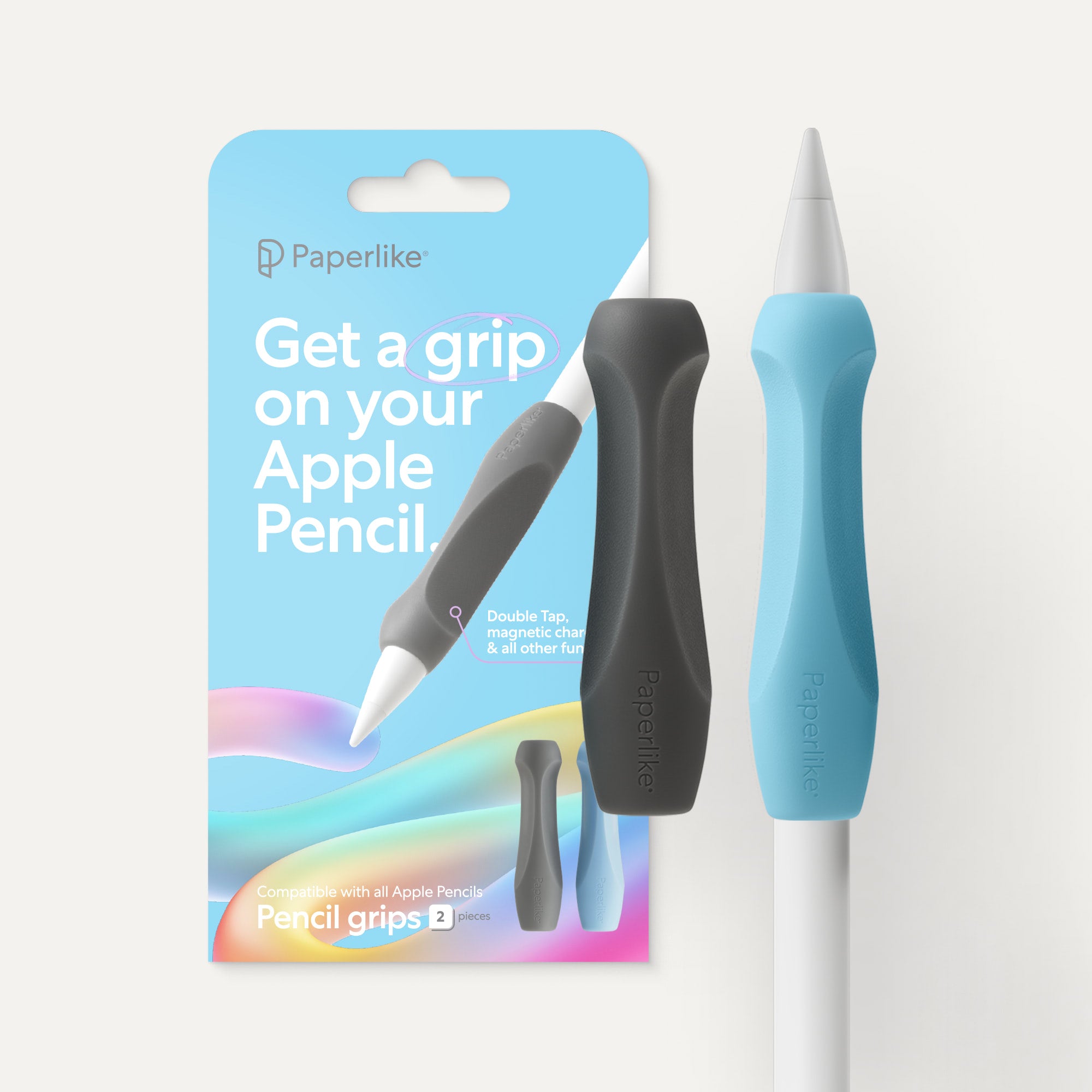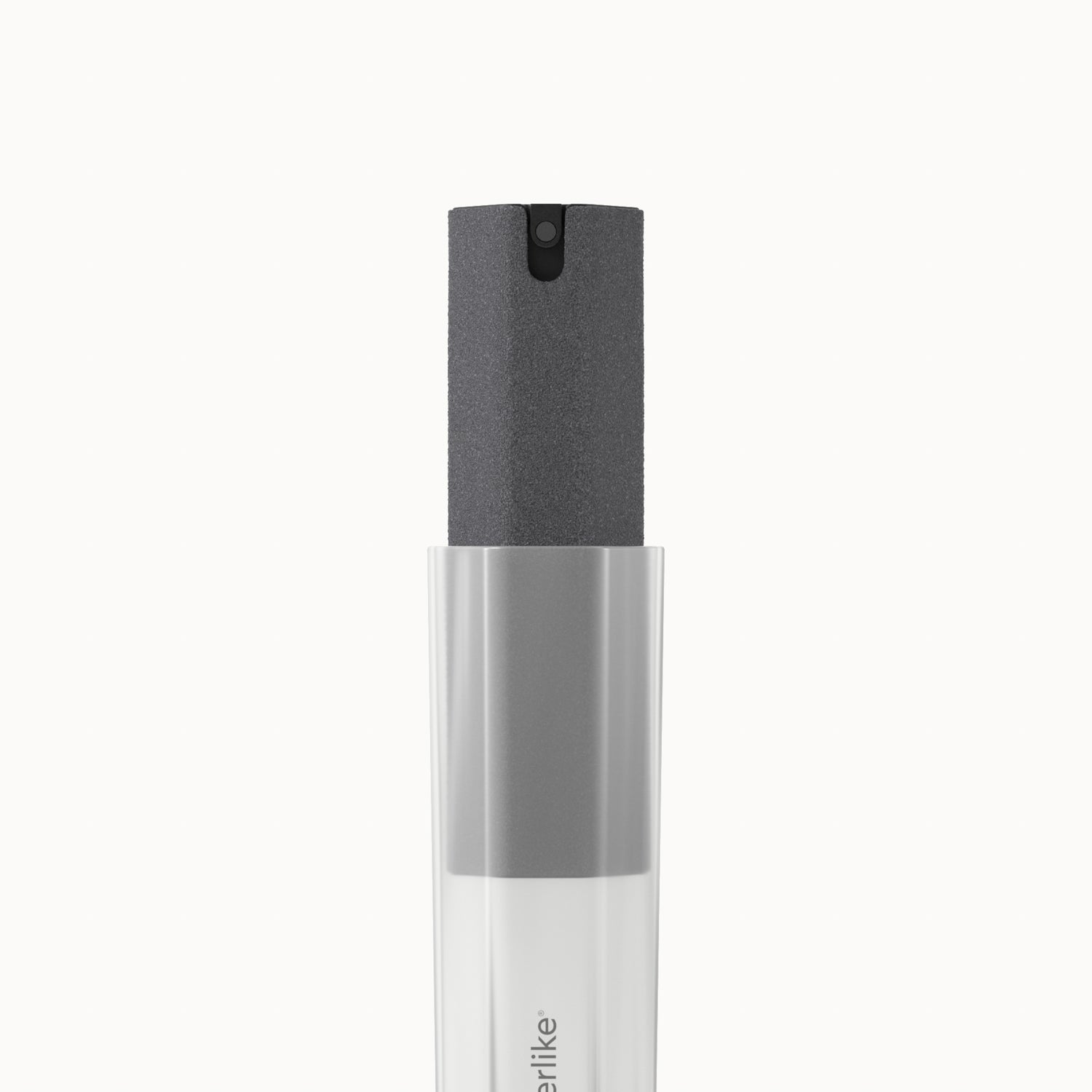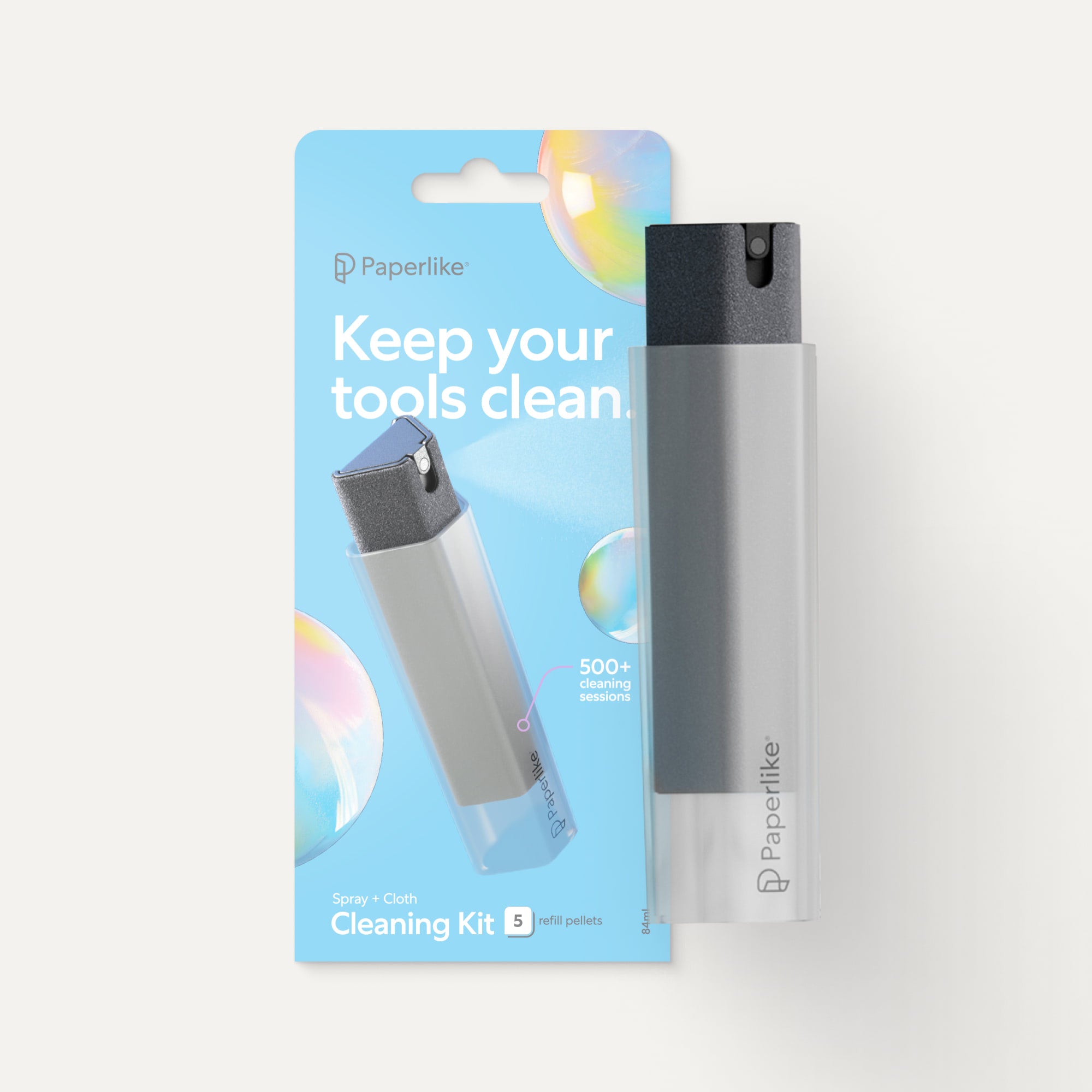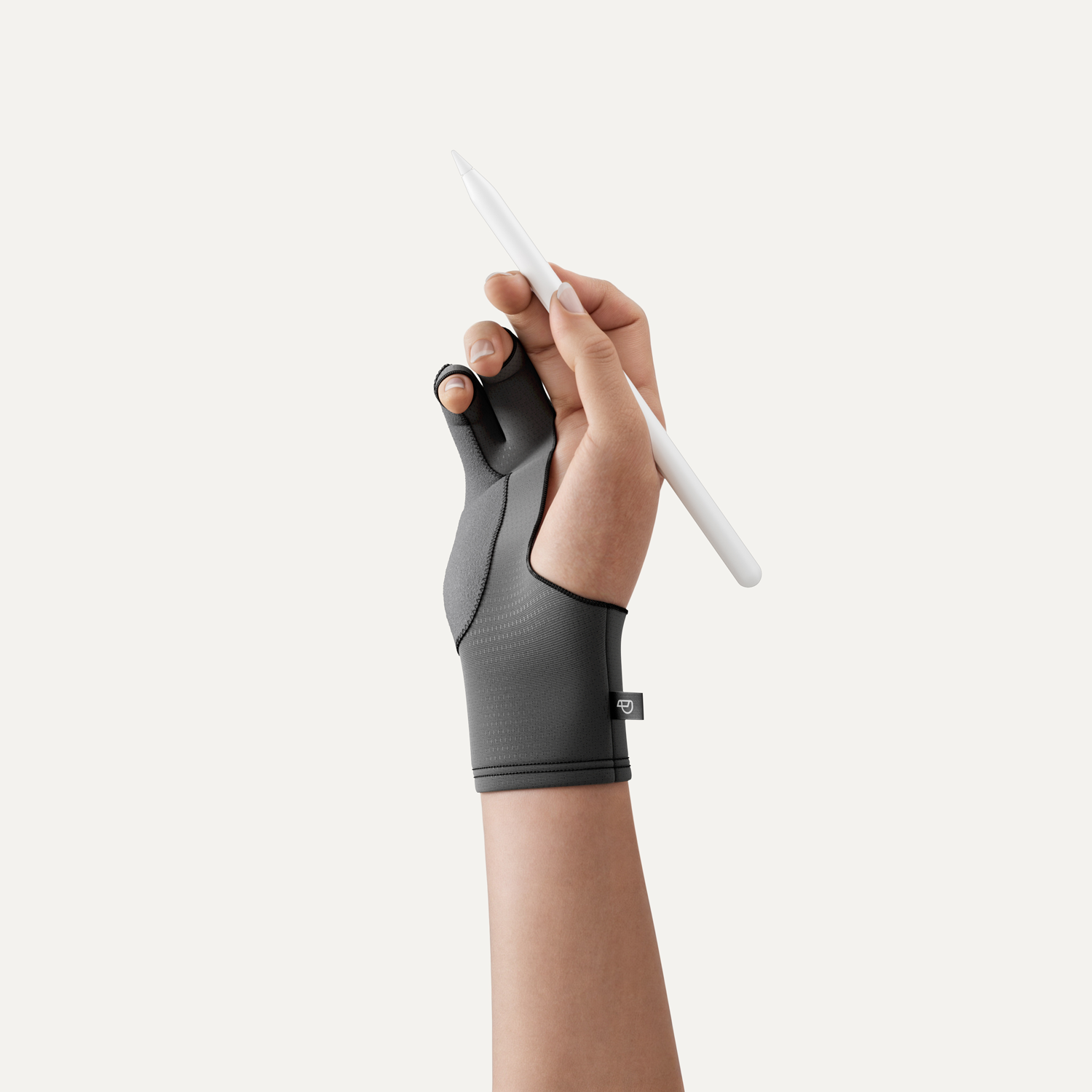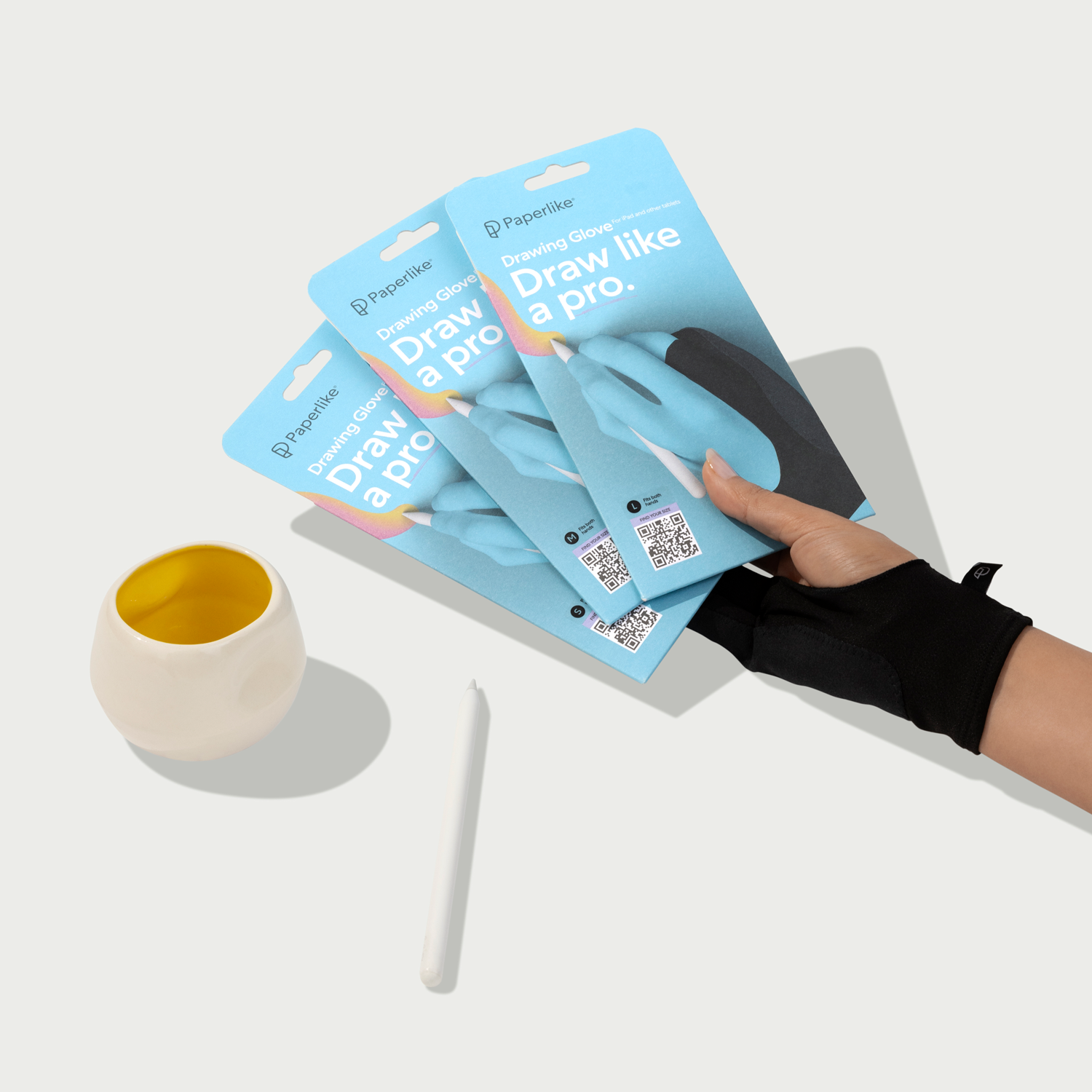If you ask Shelly Kim (@lettersbyshells) how she describes her artistic style, she’ll be the first to tell you that her art is focused on inspiring positivity and self-love.
And it’s true.
As a full-time lettering artist specializing in modern calligraphy, brush lettering, and positive vibes, Shelly has collaborated with a variety of major brands since she first picked up the brush pen in 2015.
Today, Shelly gives us a behind the scenes look at her art, her process, and how she got started with hand lettering.

In pursuit of positive affirmations
Shelly’s lettering journey started in 2015 with a workaholic mindset and an office cubicle. Back then, Shelly worked in insurance, and it was taking a toll.
“I only thought work was my life, and I was kind of losing myself in life,” Shelly explained. “I didn’t have a creative outlet. I was always doing overtime work hours and things like that. When I came home from work, all I would talk about was work.”
But Shelly didn’t notice the slippage until her fiance, Richard, gently pointed out that work was all she talked about — all the time.
It was hard news to hear because, at the time, Shelly thought that her insurance work was her entire life. In response, she started looking for positive affirmations that she could use to decorate her cubicle walls.
That’s how she found calligraphy and hand lettering in the first place.
Shelly explains: “I saw that style and I thought that it would be so awesome to decorate my cubicle with my own hand lettering. And that’s pretty much why I wanted to start learning. Before that, I saw calligraphy and thought it was super-hard. No one could ever do that.”
But Shelly was determined. She started lettering on her lunch breaks and after work. Eventually, what started as an attempt to dress up her workaholic lifestyle with positive affirmations eventually springboarded her into a full-blown second career as a lettering artist.
Five years later, all that practice has paid off. Shelly is an active workshop instructor, has published a book on modern calligraphy lettering, and definitely knows her way around a brush pen.

Getting started with hand lettering
Shelly is quick to point out that hand lettering can be simple to learn but could be difficult to master. All of the lettering basics can be learned in one day, but sometimes can take years of practice to master because of the muscle memory involved.
Hand lettering does have its challenges. Getting started as a lettering artist can be overwhelming. Shelly, being self-taught, experienced confusion and frustration while she struggled to understand the tools and techniques that beginners need to know.
“It took me a long time to learn this art form. I was super-confused on the materials and supplies to use,” she said. “I made it a goal to myself that once I understood this art form I would start teaching it because nobody should’ve taken as long as I did.”
That passion to share her art and her style is what led Shelly to teach lettering workshops. Over the course of three hours, she’s able to teach beginning letterers things that took her between two and three years to learn on her own. She can also help beginners save a ton of money in the process.
“When I started, I didn’t take any classes in calligraphy. I didn’t realize that there were different strokes that made letters different. That was something that took me months to figure out,” she said.
On top of that, Shelly didn’t know what materials to use. As a result, she bought everything she could find to improve her art. This turned out to be a tremendous waste of funds, because you only need a few tools — typically a pencil, eraser, and a few brush pens — to work through upstrokes, downstrokes, and other common calligraphy drills.
Shelly also likes to clear up common misconceptions about how beautiful lettering is created.
“It’s okay to use a pencil and sketch your artwork. However, you want to do it before you go back and use brush pens,” she said. “Sketching out with a pencil is a totally normal thing. I do it even to this day.”
And that doesn’t just apply to traditional lettering styles. Sketching and drafting also applies to digital hand lettering techniques when using apps like Procreate.

From inspiration to creation
Shelly’s creative process is an even split between creativity, logic, and DIY. It all comes down to what she wants to create and how she plans to use her art.
“Normally, for me, I just start sketching something out first,” she said.
When drawing in a physical medium, Shelly typically uses two sheets of paper: one for lettering and another for doodling and scratch work.
Using the lettering paper, Shelly draws faint lines with a pencil until she gets the lettering just right. But much of the magic happens on the scratch paper, where Shelly sketches and roughs out her ideas until she has a firm grasp of the patterns she wants to place behind her words.
Back on the main page, Shelly focuses on the words first. Then she moves on to flourishes and embellishments, followed by doodles and decorations during the last stage of the drafting process. Occasionally, she completes this in reverse by filling the page with a pattern and then drawing the words on top of the existing artwork.
Once the sketch is complete, Shelly can re-line the existing pencil marks with a lettering brush pen to achieve the desired effect.
This is where practice comes into play. Shelly has spent hundreds of hours practicing how to draw letters in a distinct calligraphic style so that each stroke is ingrained in her muscle memory. That way, when she adds it to the page, the strokes are clean and precise.
Of course, there are a few exceptions to this process where sketching isn’t possible, such as watercolor lettering. In these situations, pencil marks would still be visible even if erased. In that case, Shelly relies on her practice and expertise to create a finished product by inking the page without an outline.
If she’s creating a physical piece of art like a postcard or a print, Shelly completes the piece by adding color. Most of the time, however, Shelly digitizes her work and completes her artwork using her computer or her iPad Pro.
Digitizing, printing, and publishing
Shelly doesn’t only work in a physical medium. She’s a big fan of the Procreate app when it comes to digital lettering. Inside Procreate, Shelly doesn’t need her standard lettering brush, but she follows the same processes as she does on paper.
With Procreate, Shelly uses her iPad Pro and Apple Pencil to work her art up in layers. Even though working from a glass screen has a different texture and feel than working on paper — something that can be eliminated using a Paperlike screen protector — making changes is easier in digital and the medium is more forgiving.
“Digital gives a different feel to art,” Shelly said. “You can manipulate things a lot easier.”
But, she cautions, you can’t let what you see in digital artwork set the standard for how your art should look. The software you use will have some influence on your artistic style as it smooths and straightens lines or stylizes them to match the programming.
She explains: “When you see digital work — the minute you draw everything, it all becomes super-smooth lines. That’s a lot different than what you see on paper, where you see all of the imperfections.”
All that aside, Shelly maintains that digitization is a critical part of the modern lettering process because it provides additional flexibility for sharing and productization. Once art is digitized it can be shared on social media, placed in online gallery pieces, or used to create online products — three things that were pivotal to Shelly’s success.
“If I hadn’t put myself out there, I wouldn’t have been able to get to where I am,” she said.

The mindset of the modern brush calligrapher
Even though Shelly has spent hundreds of hours perfecting modern brush lettering, she would never say that art is easy.
“Even though we are artists and we are able to create beautiful work, it doesn’t mean that we’re always in the right mindset to do it,” she said. “There are days when I’ll try to create the artwork over and over again, and I’m not feeling it or I’m not liking the process or the direction it’s going in.”
When that happens, Shelly knows that she needs to step away from a project and revisit it at a later date. It’s something that every artist struggles with and, as Shelly points out, it’s part of the creative process that doesn’t disappear in the transition from amateur to professional.
“It’s hard because this is something that I do so often. I do it all the time. Why should it be hard? But there are times where I have to give myself grace and take that pause. Just because I do this all the time doesn’t mean that it’s going to come out the way that I like it every time that I do it.”
When that’s the case, it’s time to step away.
But even though art can be difficult and temperamental, Shelly wouldn’t have it any other way. Her business model is all about promoting love and positivity, and her outlook on life has changed since she found her way to lettering.
“Lettering gave me a new purpose in life. I’m a different person from five years ago. I guess I didn’t know how to be me,” she said.

Learning with Shelly Kim
Want to learn more about hand lettering? Shelly is on a mission to help letterers at all skill levels better understand lettering essentials and explore the beauty of modern brush lettering.
Her new book, Digital Hand Lettering and Modern Calligraphy, explores the brush lettering and digital aspect of modern calligraphy for aspiring letterers. Drawing on inspiration and insight from digital letterers like Karin Newport (@ipadlettering) and Myriam Frisano (@halfapx), Shelly provides a step-by-step guide for adapting traditional lettering styles to digital mediums.
You also can find workshop information at her website as well as customized brushes and lettering worksheets through her Etsy shop.


